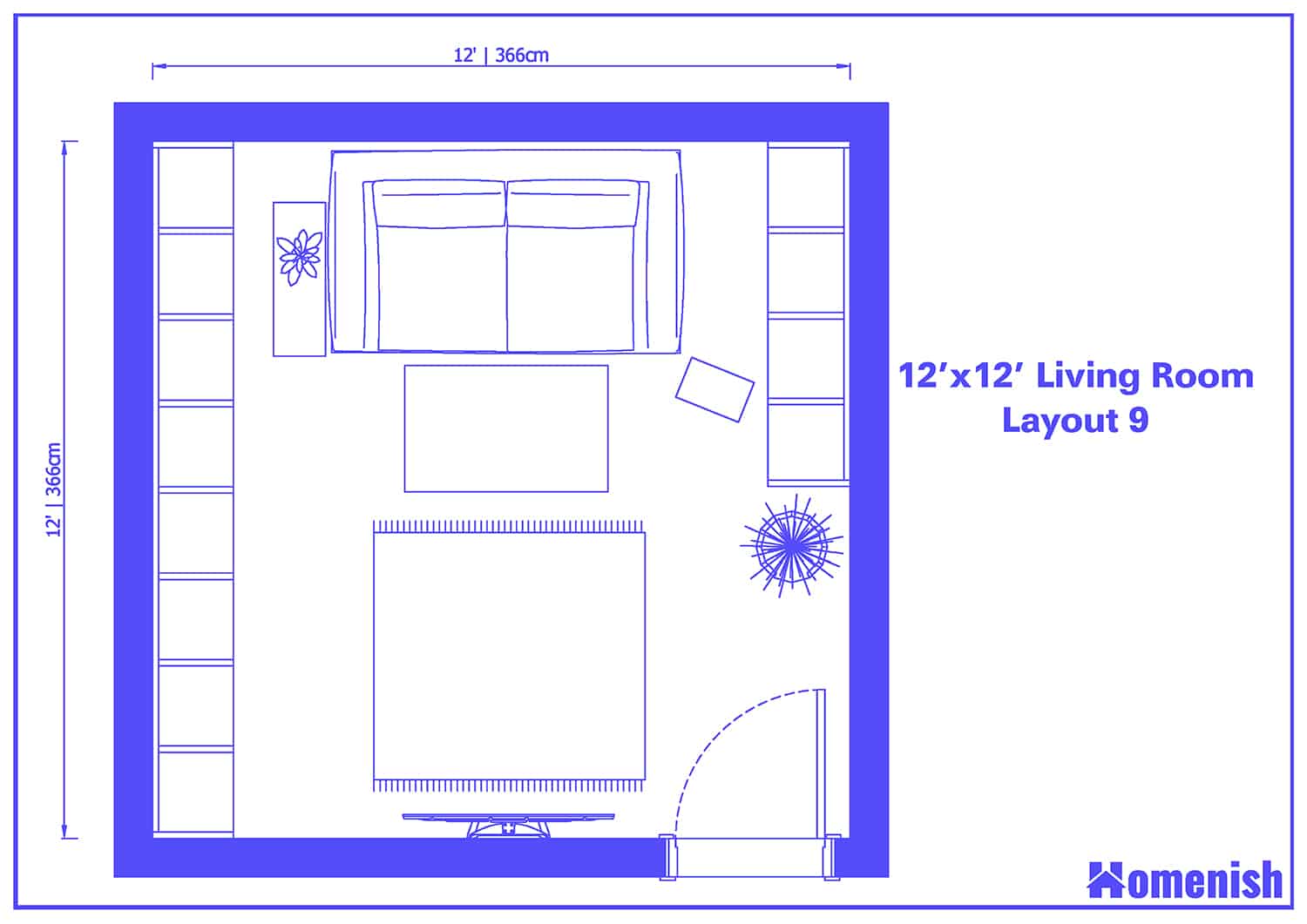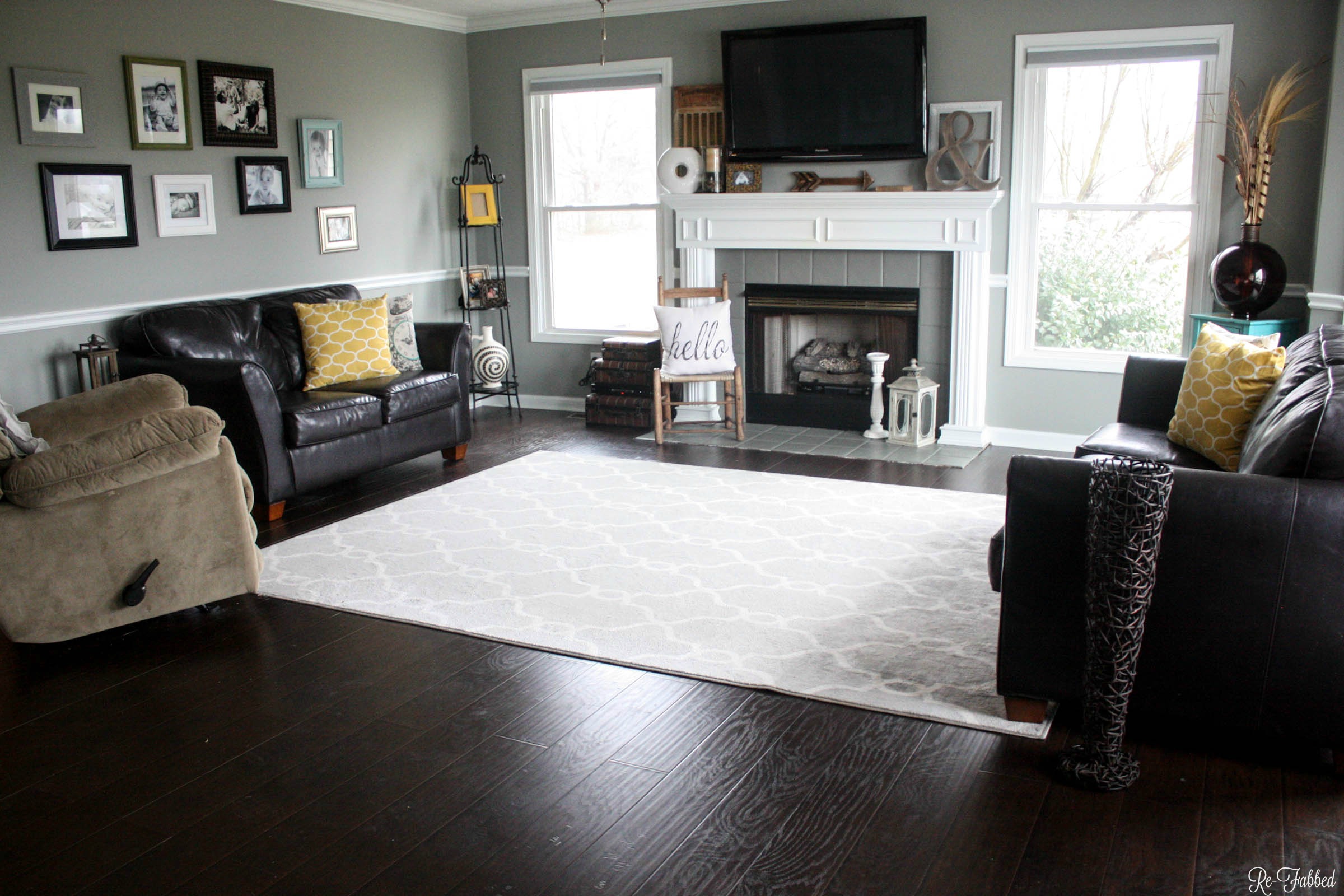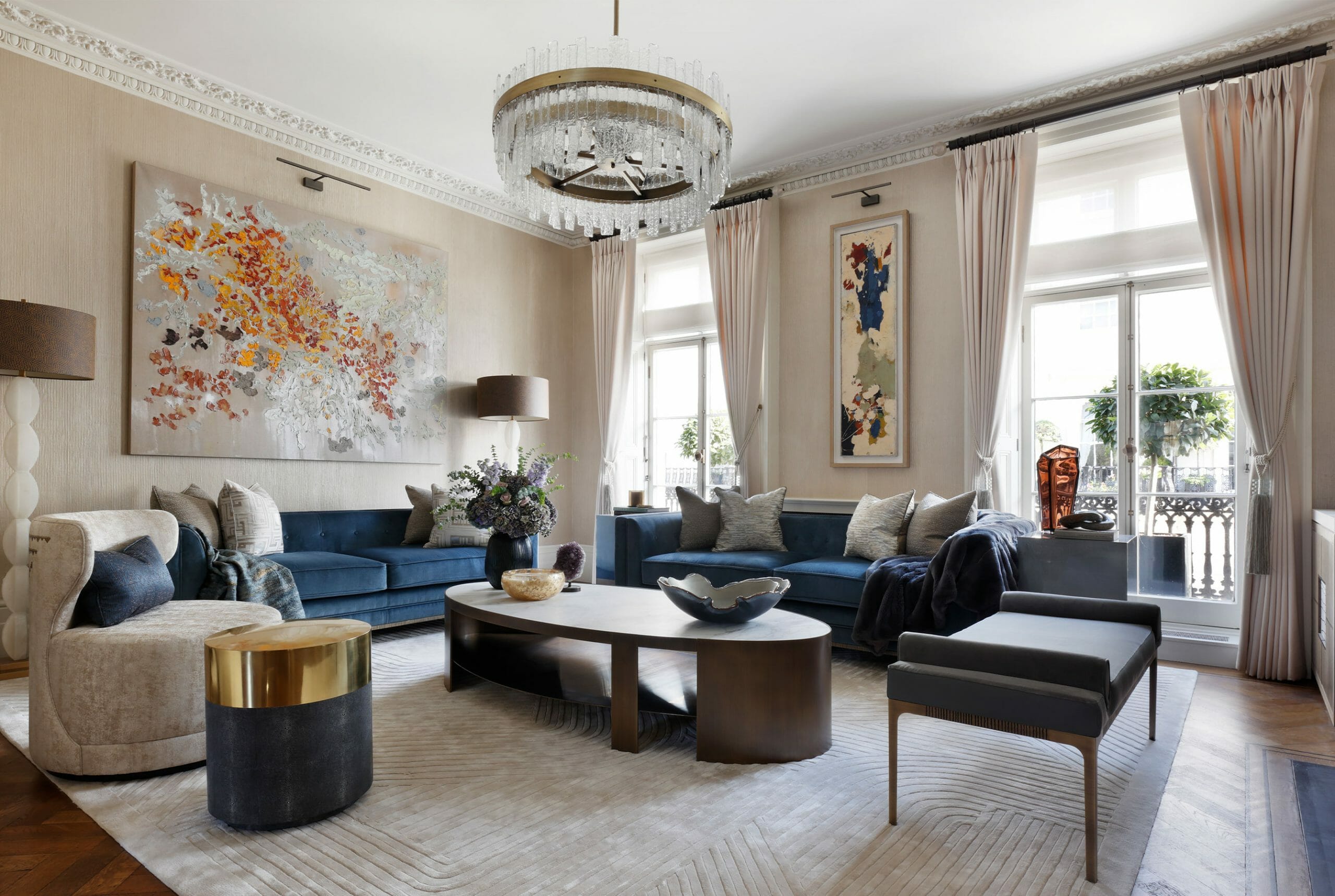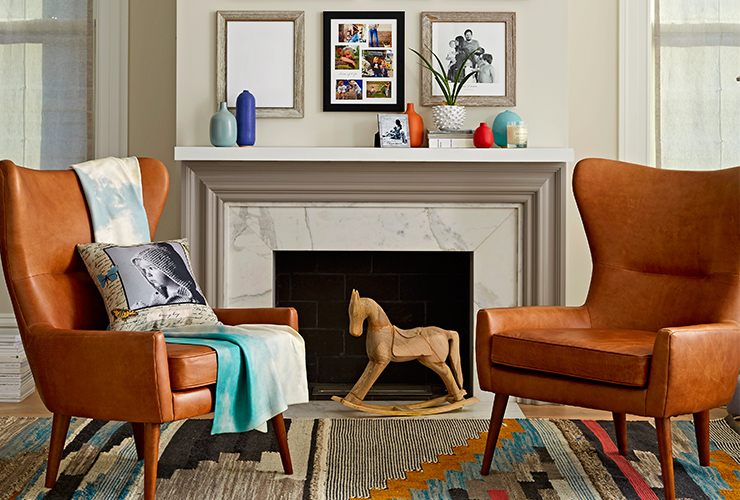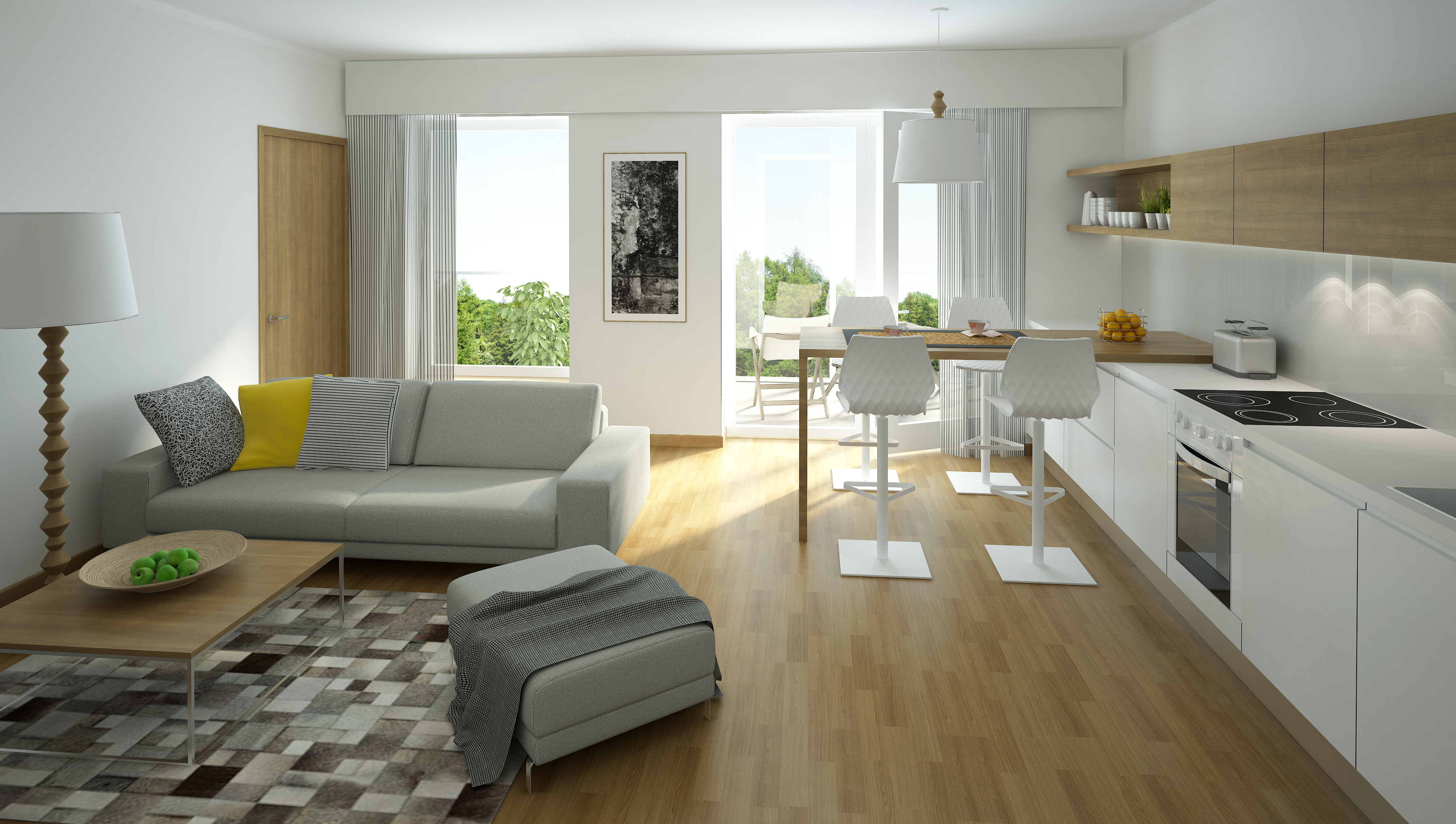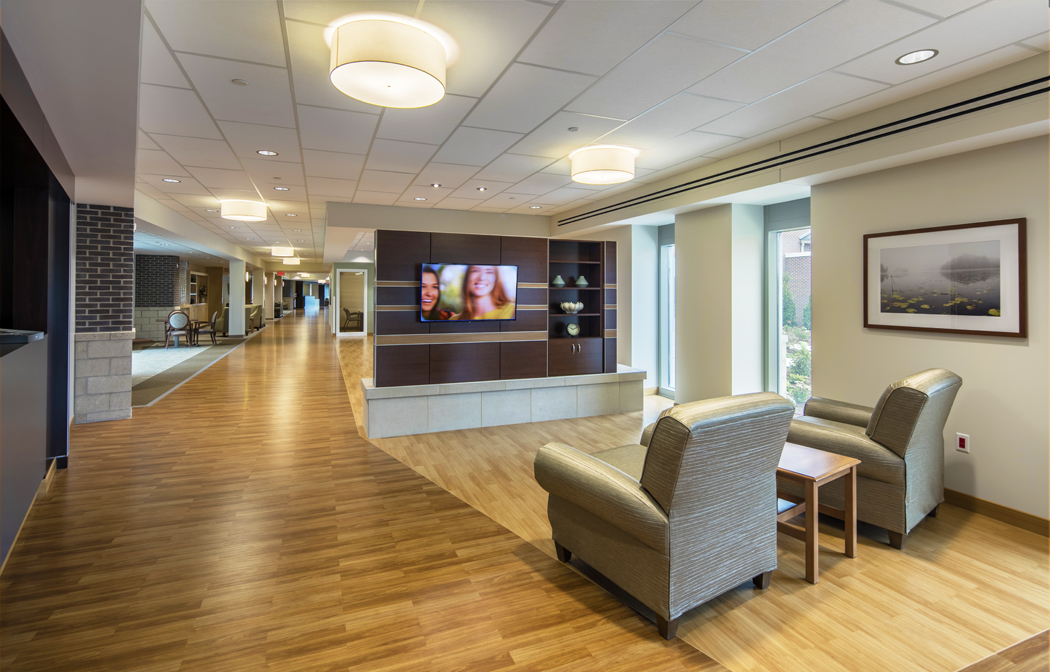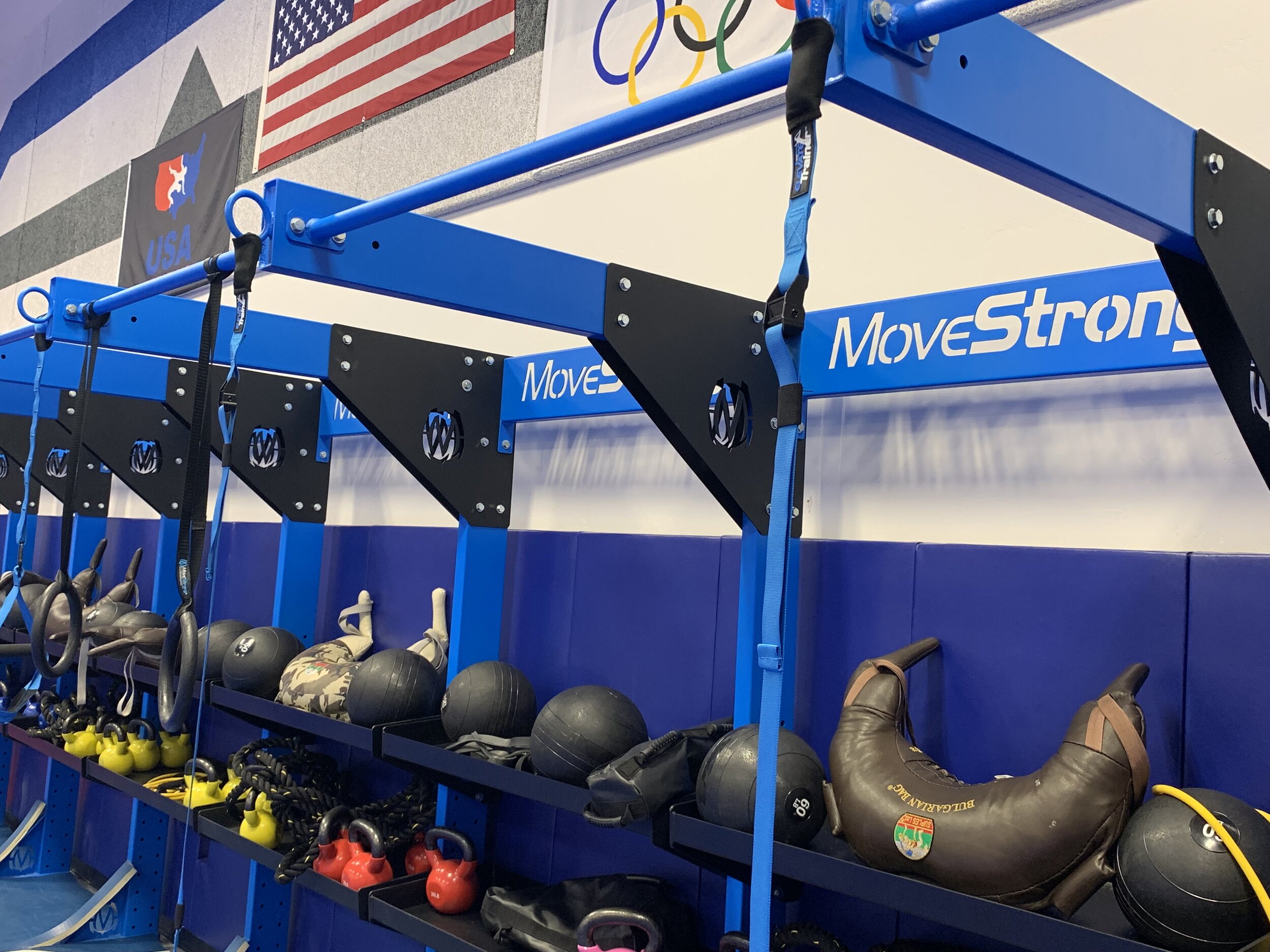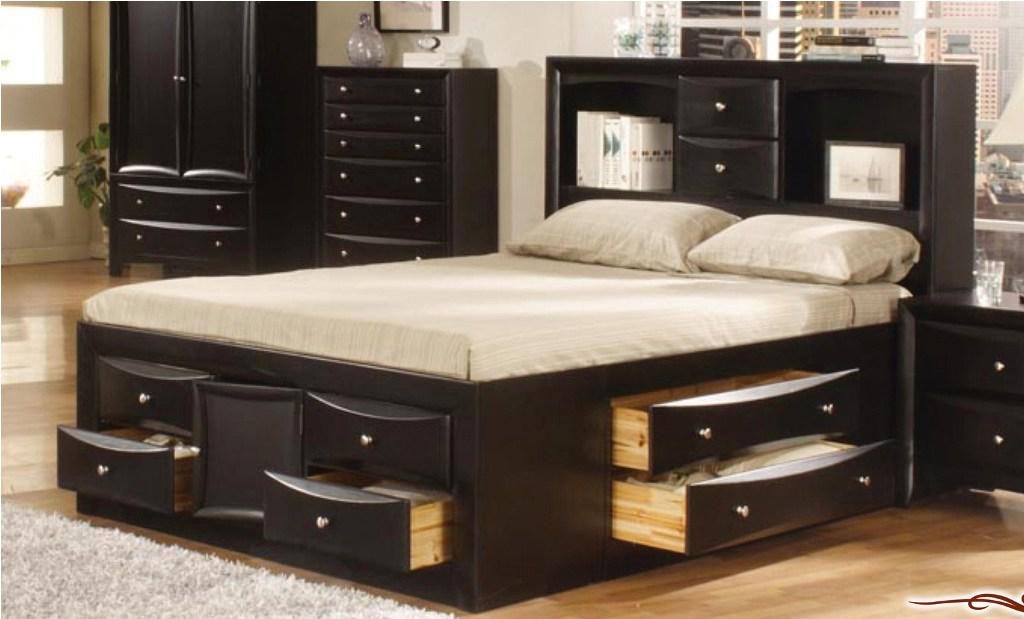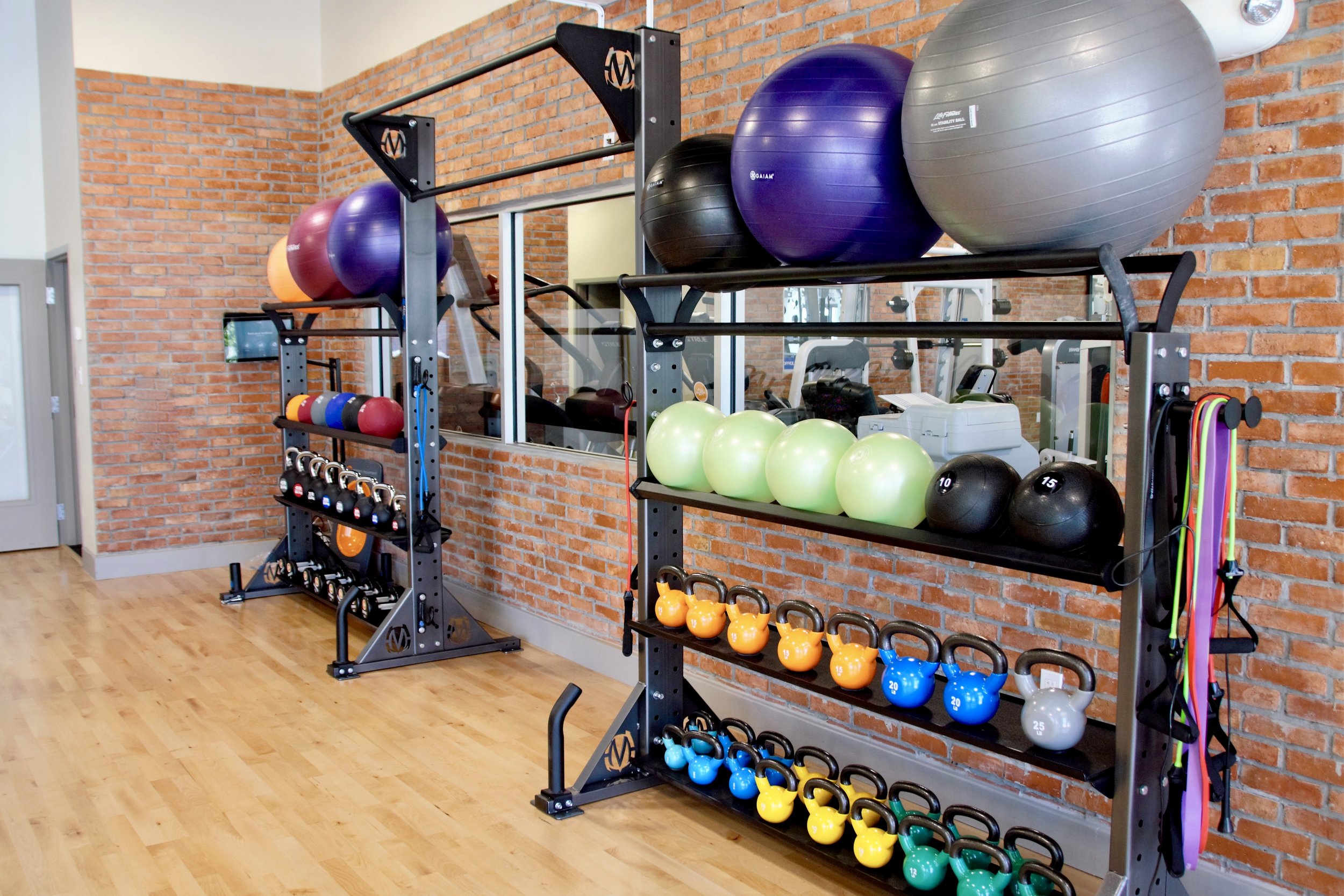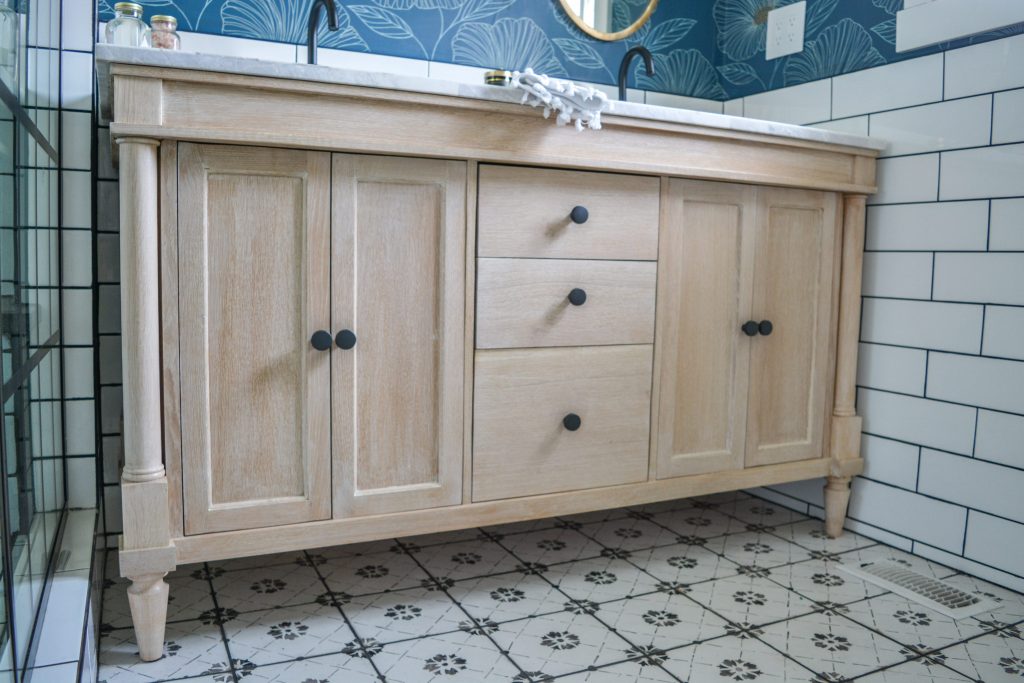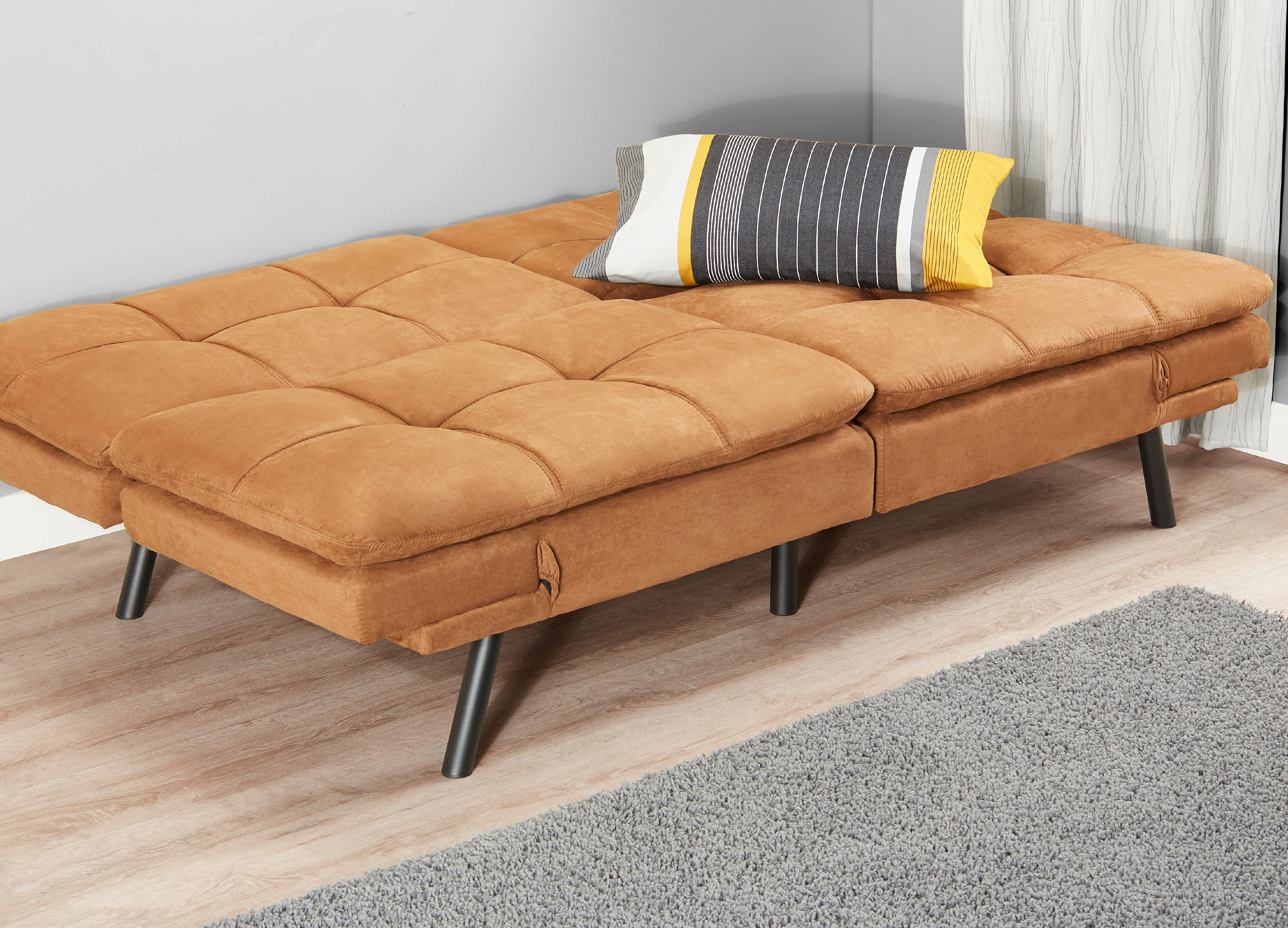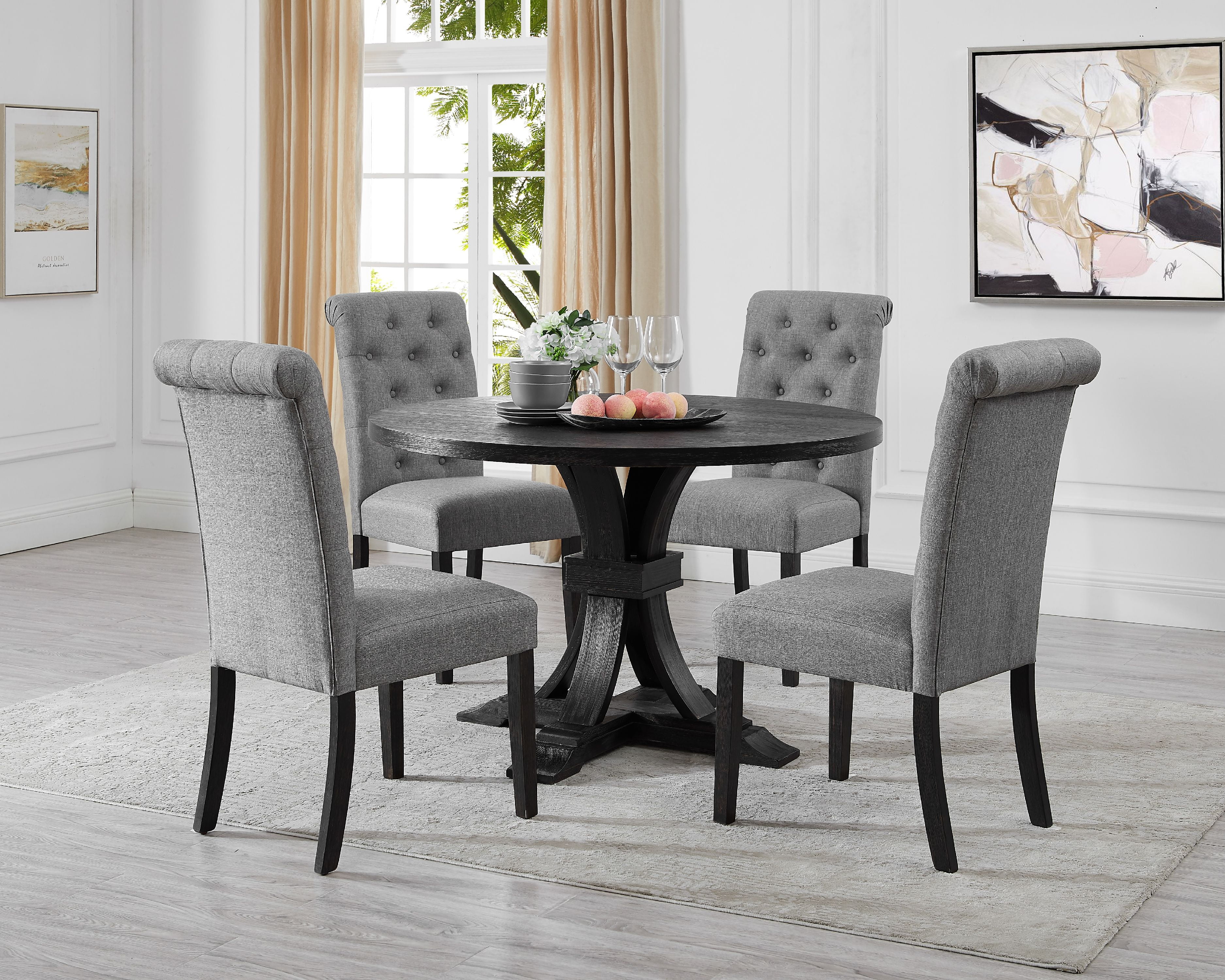As our loved ones age, it becomes increasingly important to create a living space that caters to their needs. This is especially true for the living room, which is often the heart of the home. A senior-friendly living room design not only promotes comfort and safety, but also allows for independence and mobility. Here are 10 essential tips for creating a welcoming and functional living room for older adults.Senior-Friendly Living Room Design
When selecting furniture for an older person's living room, it is important to prioritize comfort and accessibility. Look for pieces with firm yet cushioned support, and avoid furniture that is too low to the ground or too high to comfortably get in and out of. Additionally, consider furniture with features such as armrests and easy-to-grip handles for added support and stability.Elderly Living Room Furniture
Many older adults prefer to age in place, or stay in their own homes as they age. This means that it is important to design a living room that can accommodate their changing needs over time. Consider investing in adjustable furniture, such as recliners or lift chairs, to make it easier for seniors to sit and stand. It is also a good idea to leave ample space for mobility aids, such as walkers or wheelchairs, to move around freely.Aging in Place Living Room
Comfort is key when it comes to seating for seniors. Look for chairs and sofas with firm yet supportive cushions, as well as adjustable features like reclining options and footrests. Additionally, consider adding extra pillows or cushions for added comfort and support. It is also important to have enough seating options in the living room to accommodate visitors and family members.Comfortable Seating for Seniors
For older adults with mobility issues, it is crucial to design a living room that is easy to navigate and move around in. This may include removing unnecessary furniture or rearranging the layout to allow for wider pathways. Consider using non-slip rugs or securing them to the floor to prevent tripping hazards. It is also important to have ample lighting to help seniors see and navigate their surroundings.Mobility-Friendly Living Room
Decor plays a big role in creating a welcoming and comfortable living room for seniors. Choose colors and patterns that are calming and easy on the eyes, as well as furniture and decor that is easy to clean and maintain. Consider incorporating personal touches, such as family photos or cherished items, to make the space feel more familiar and inviting.Senior Living Room Decor
When it comes to flooring in a senior's living room, safety should be the top priority. Avoid rugs or carpets with thick or shaggy textures, as they can be tripping hazards. Instead, opt for smooth and non-slip surfaces, such as hardwood or low-pile carpet. If using area rugs, make sure they are secured to the floor and have a non-slip backing.Safe Flooring for Older Adults
The layout of a living room can greatly impact a senior's comfort and accessibility. Consider arranging furniture in a way that allows for easy movement and access to frequently used items. For example, place a side table next to a chair for easy access to books, glasses, or other essentials. It is also important to make sure all furniture is within reach and easily accessible.Accessible Living Room Layout
Proper lighting is crucial for seniors, especially those with vision impairments. Make sure there is ample lighting in the living room, including natural light during the day and artificial light in the evening. Consider installing dimmer switches to adjust the lighting according to their needs. It is also a good idea to have multiple sources of light, such as overhead lights, table lamps, and floor lamps, to create a well-lit and cozy atmosphere.Senior-Friendly Lighting
As we age, it can become more difficult to reach and organize items in high or low storage areas. When designing a living room for seniors, it is important to have functional storage options that are easily accessible. Consider using shelves or cabinets at waist level, and avoid using high shelves or cabinets that require a step stool to reach. It is also helpful to label storage containers and keep frequently used items within reach.Functional Storage for Seniors
A Welcoming and Functional Living Room for Older Adults

Creating a Safe and Comfortable Space
 As we age, our living spaces need to adapt to our changing needs. The living room is often the heart of the home, where we spend most of our time with loved ones and friends. It is important to design this space in a way that is not only aesthetically pleasing but also functional and safe for older adults.
Safety
is a top priority when designing a living room for older adults. This includes choosing furniture that is sturdy and easy to get in and out of, as well as ensuring that there are no tripping hazards such as loose rugs or cluttered pathways.
Lighting
is also crucial for safety, as older adults may have decreased vision. Make sure there is adequate lighting throughout the room, including task lighting for reading or other activities.
As we age, our living spaces need to adapt to our changing needs. The living room is often the heart of the home, where we spend most of our time with loved ones and friends. It is important to design this space in a way that is not only aesthetically pleasing but also functional and safe for older adults.
Safety
is a top priority when designing a living room for older adults. This includes choosing furniture that is sturdy and easy to get in and out of, as well as ensuring that there are no tripping hazards such as loose rugs or cluttered pathways.
Lighting
is also crucial for safety, as older adults may have decreased vision. Make sure there is adequate lighting throughout the room, including task lighting for reading or other activities.
A Comfortable and Cozy Atmosphere
 In addition to safety, it is important to create a
comfortable and cozy
atmosphere in the living room. Soft, supportive seating is essential for older adults, as it can help alleviate any aches and pains. Consider investing in a recliner or a sofa with built-in lumbar support. Adding throw pillows and blankets can also add a touch of warmth and comfort to the space.
The
layout
of the living room is also important for creating a comfortable atmosphere. Make sure there is enough space for easy movement and that the furniture is arranged in a way that promotes conversation and social interaction. This can be achieved by placing seating in a circular or U-shape formation, rather than in a straight line.
In addition to safety, it is important to create a
comfortable and cozy
atmosphere in the living room. Soft, supportive seating is essential for older adults, as it can help alleviate any aches and pains. Consider investing in a recliner or a sofa with built-in lumbar support. Adding throw pillows and blankets can also add a touch of warmth and comfort to the space.
The
layout
of the living room is also important for creating a comfortable atmosphere. Make sure there is enough space for easy movement and that the furniture is arranged in a way that promotes conversation and social interaction. This can be achieved by placing seating in a circular or U-shape formation, rather than in a straight line.
Incorporating Personal Touches
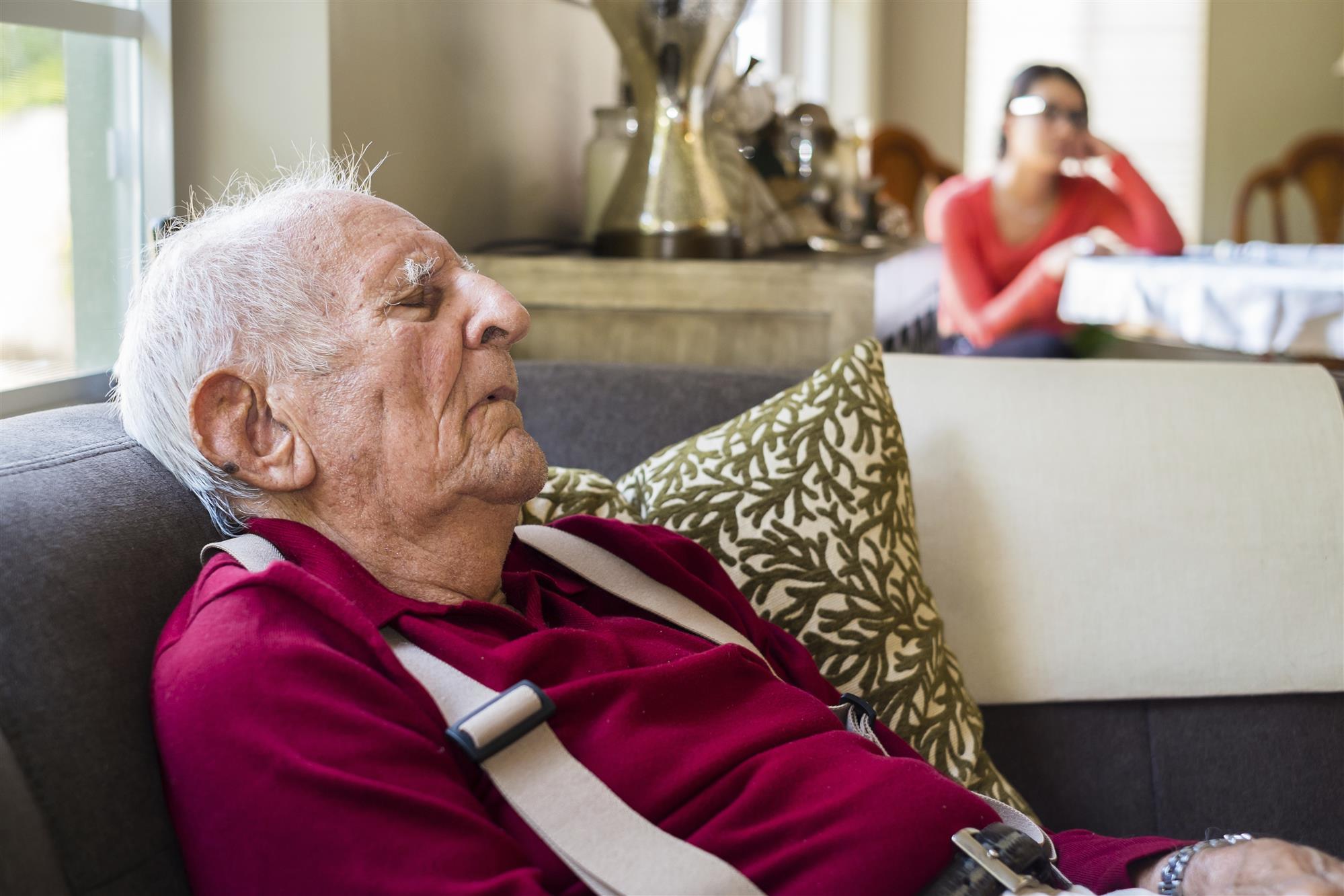 While functionality and safety are key factors in designing a living room for older adults, it is also important to incorporate personal touches and
decorative elements
that reflect the individual's style and personality. This can be achieved through the use of artwork, photographs, and other sentimental items. These personal touches can make the space feel more inviting and comfortable for older adults.
In conclusion, designing a living room for older adults requires a balance of safety, functionality, and comfort. By following these tips, you can create a space that is not only safe and practical, but also reflects the unique personality and style of the individual. With a welcoming and functional living room, older adults can continue to enjoy spending time with their loved ones in the comfort of their own home.
While functionality and safety are key factors in designing a living room for older adults, it is also important to incorporate personal touches and
decorative elements
that reflect the individual's style and personality. This can be achieved through the use of artwork, photographs, and other sentimental items. These personal touches can make the space feel more inviting and comfortable for older adults.
In conclusion, designing a living room for older adults requires a balance of safety, functionality, and comfort. By following these tips, you can create a space that is not only safe and practical, but also reflects the unique personality and style of the individual. With a welcoming and functional living room, older adults can continue to enjoy spending time with their loved ones in the comfort of their own home.

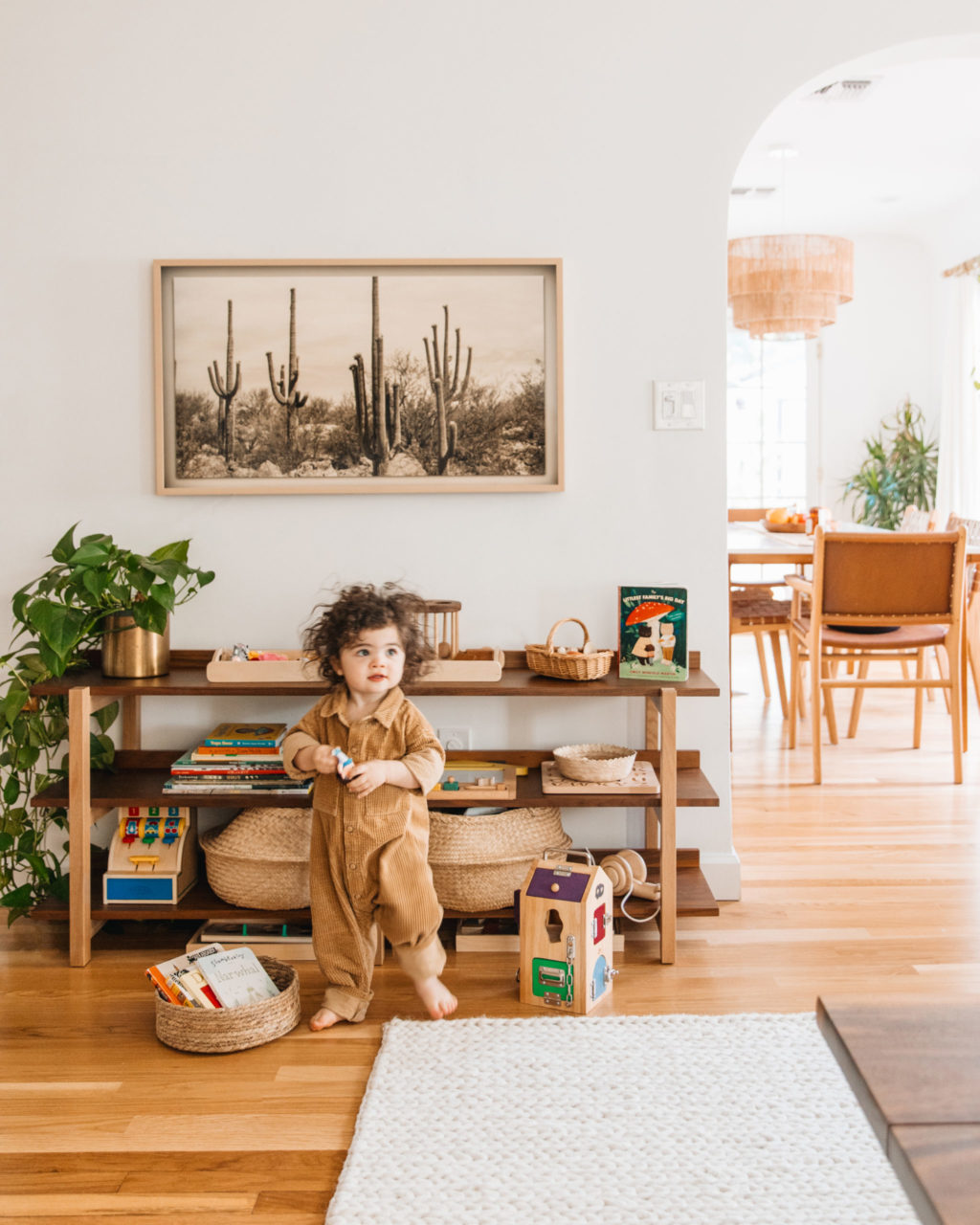


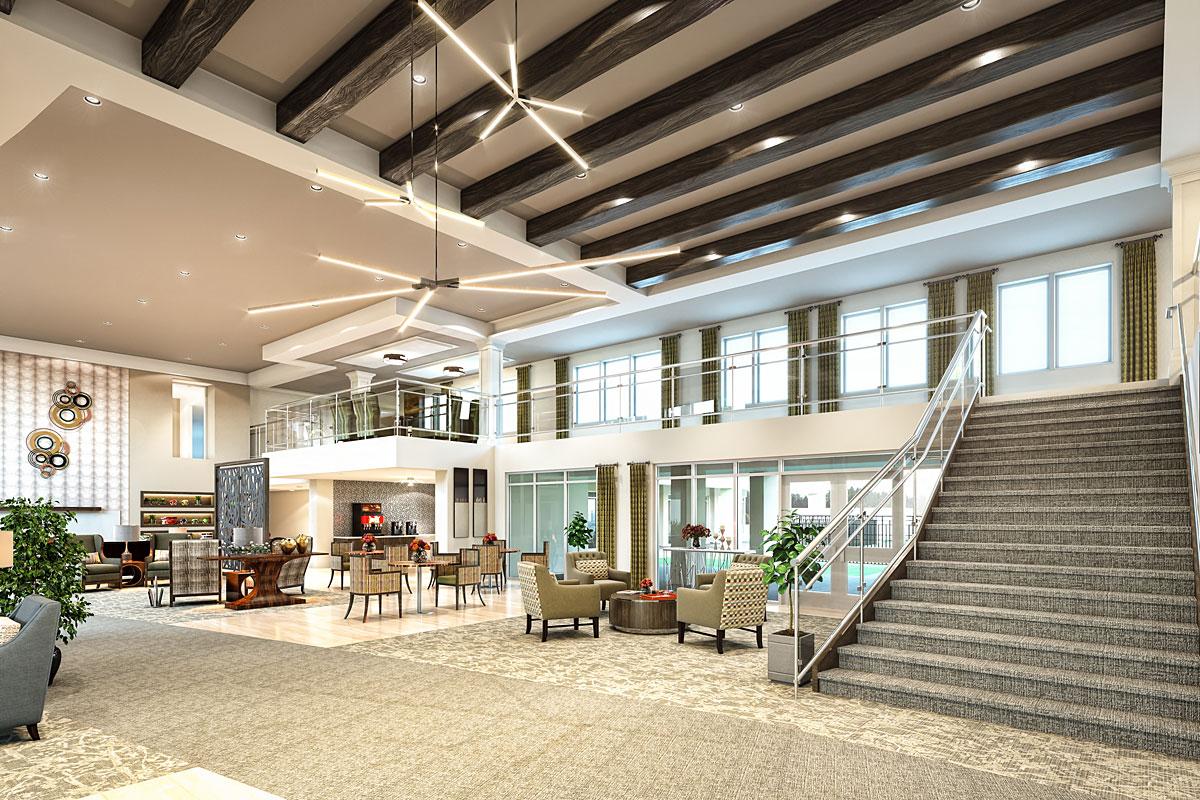












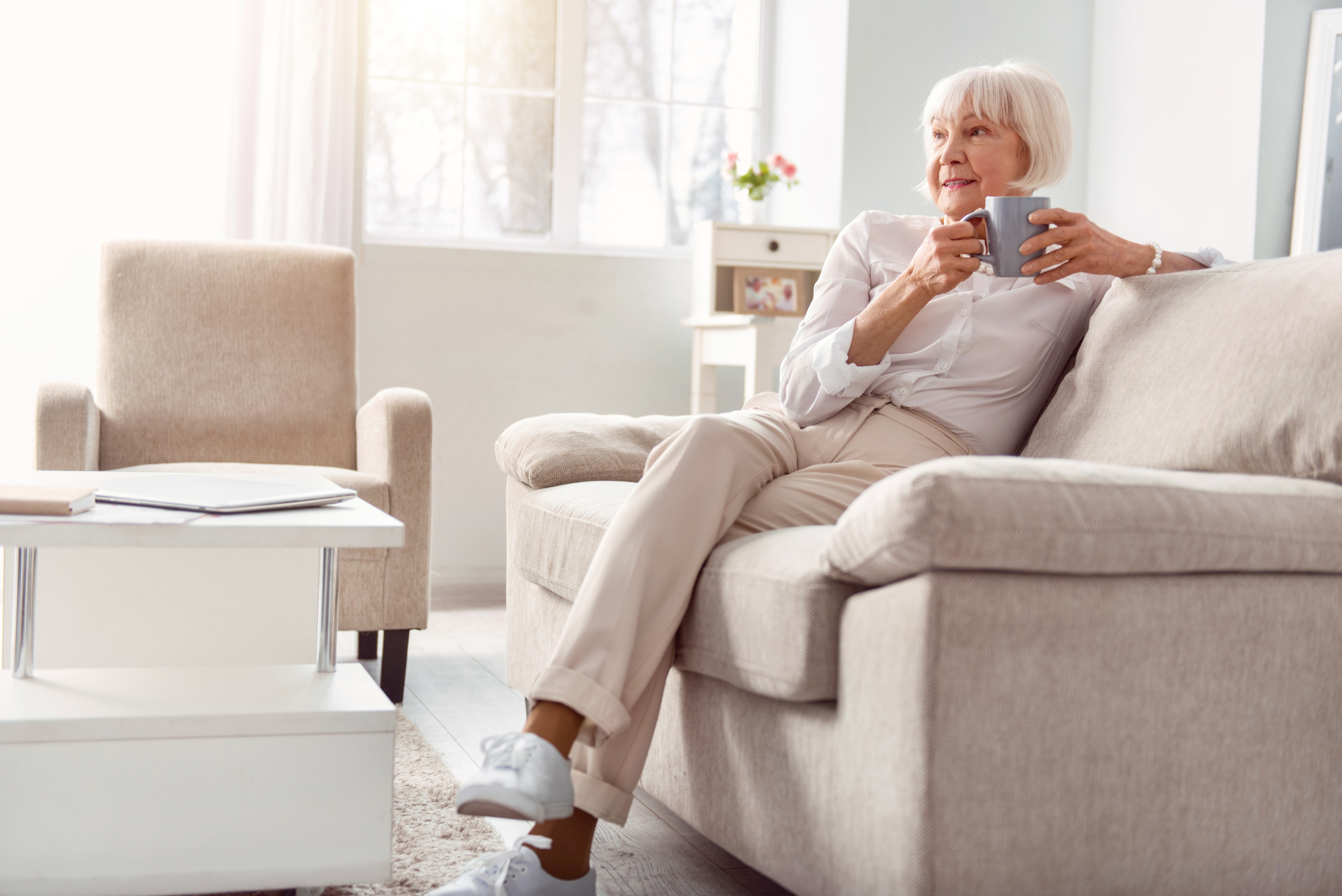
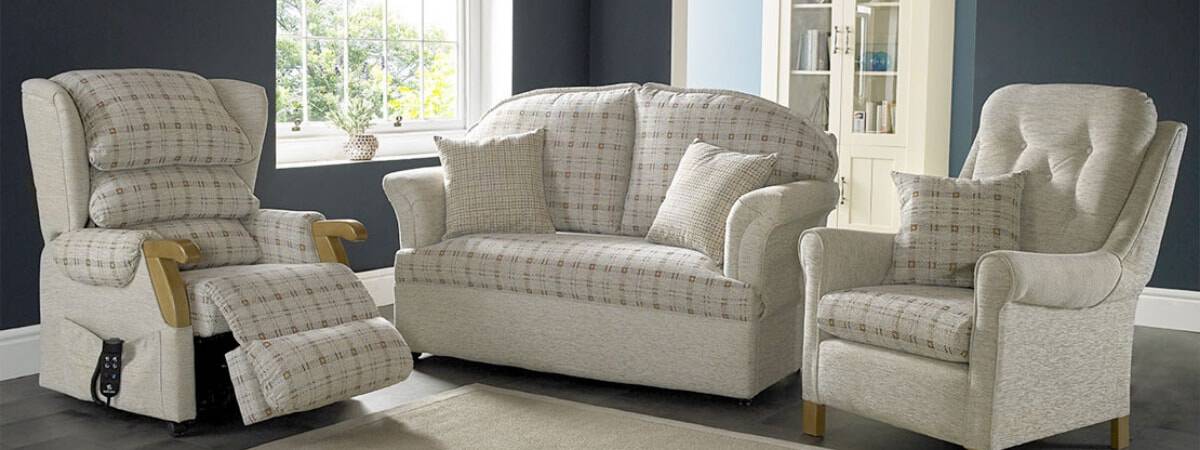
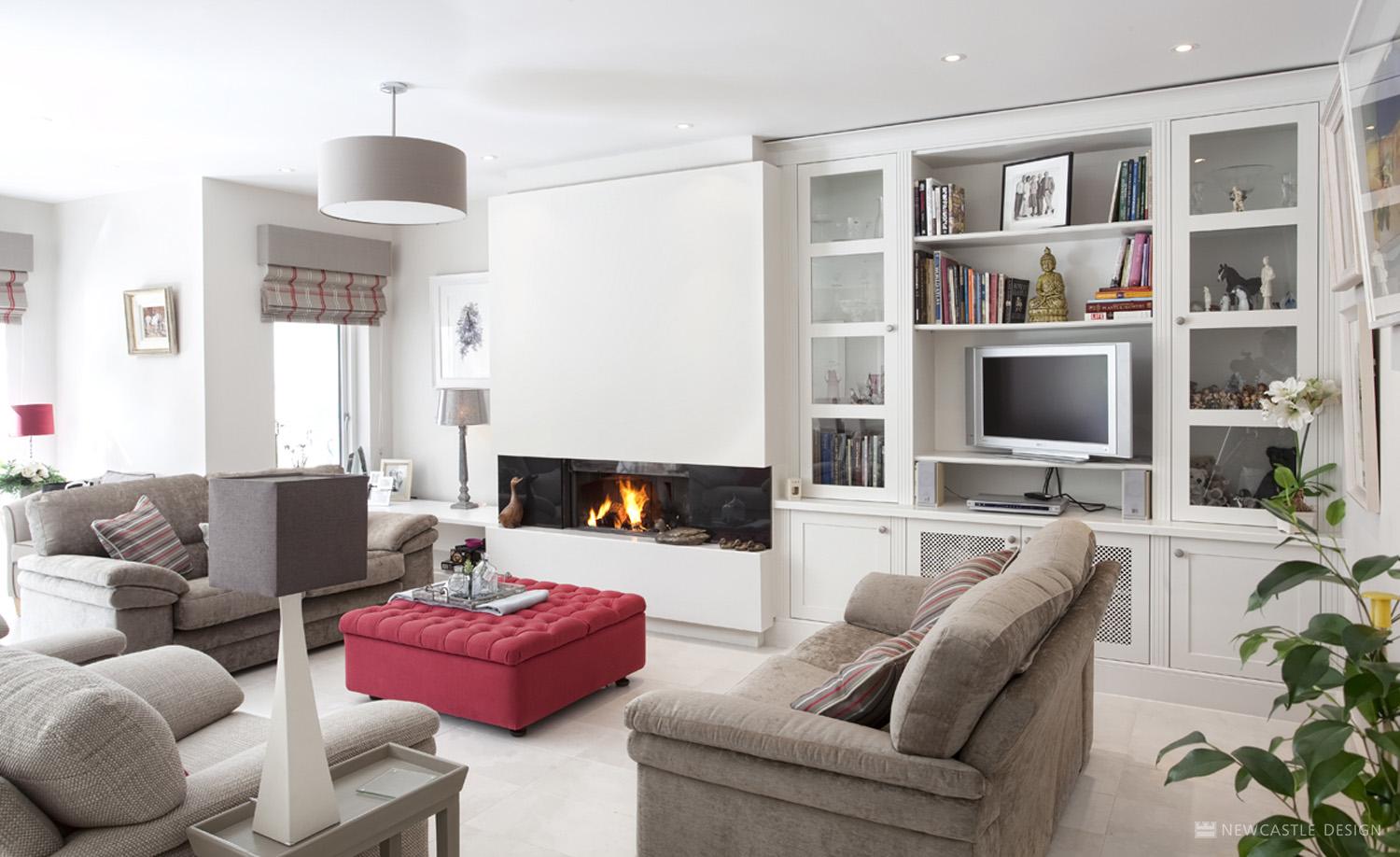

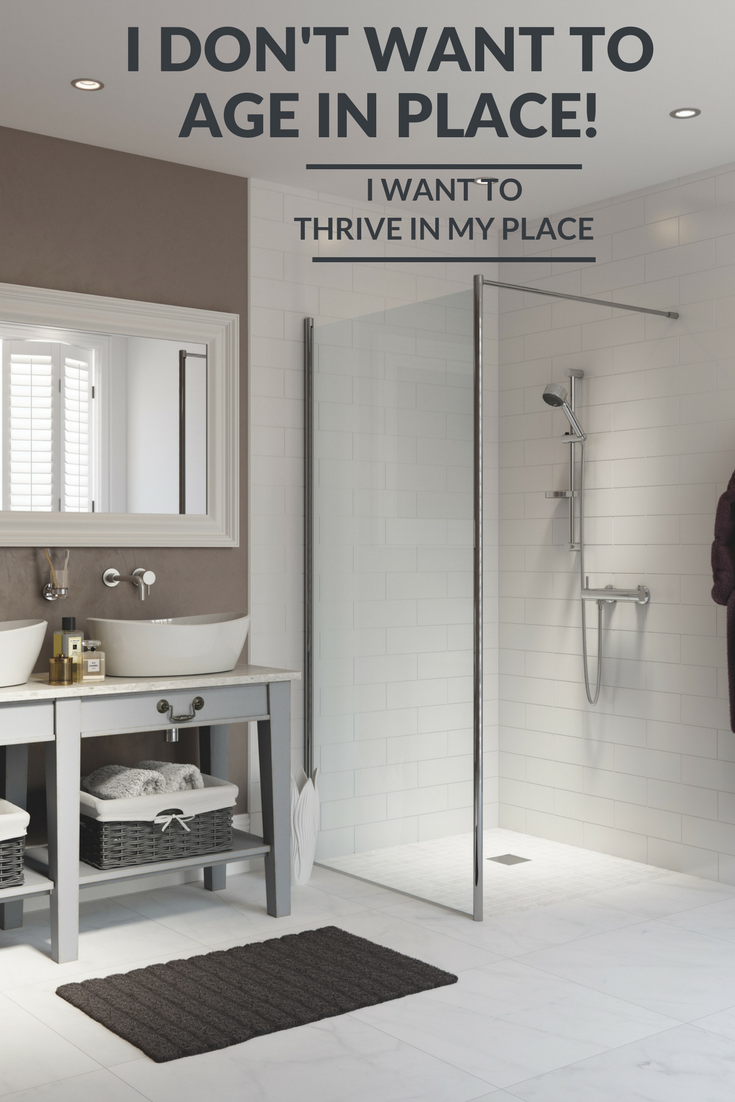
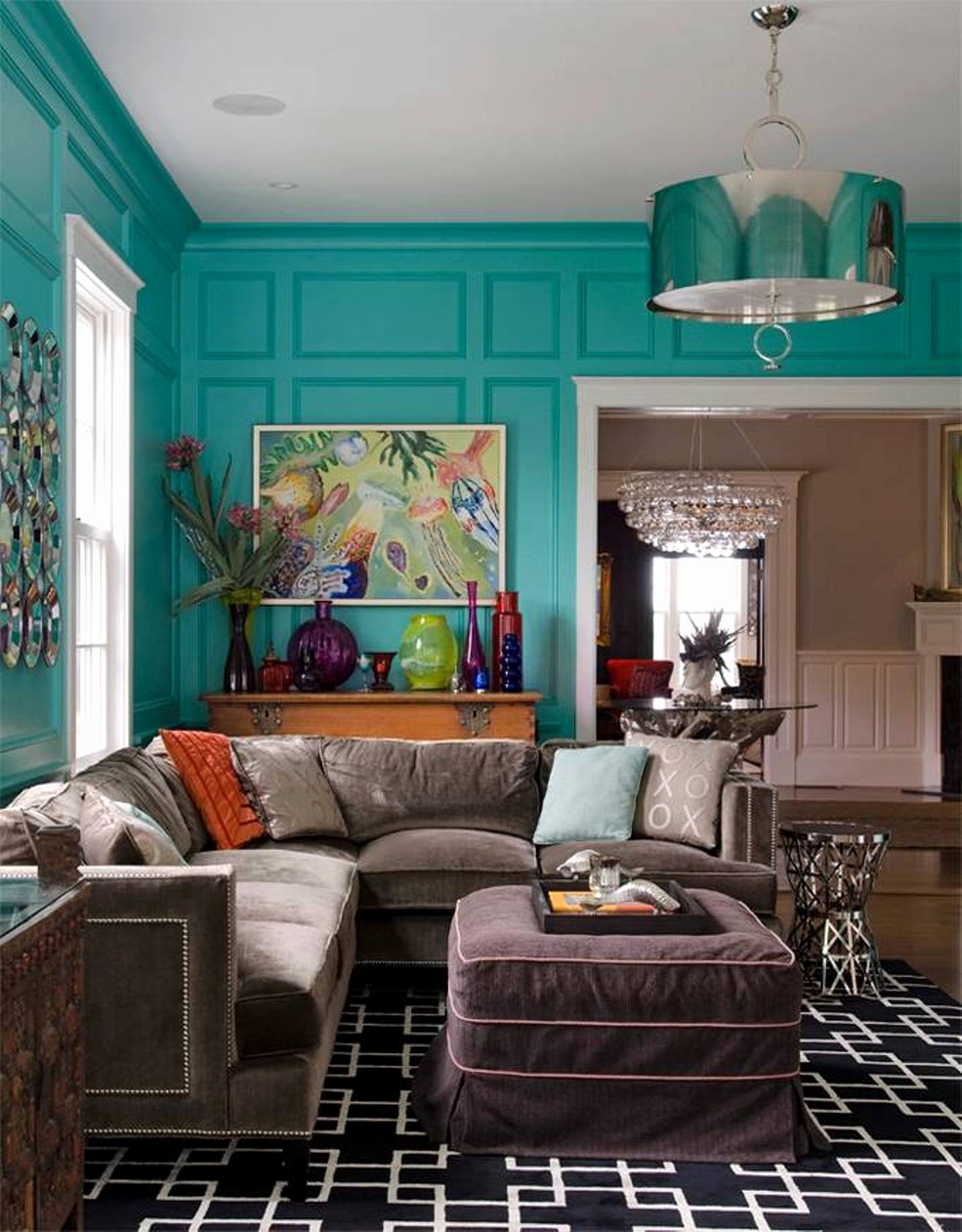

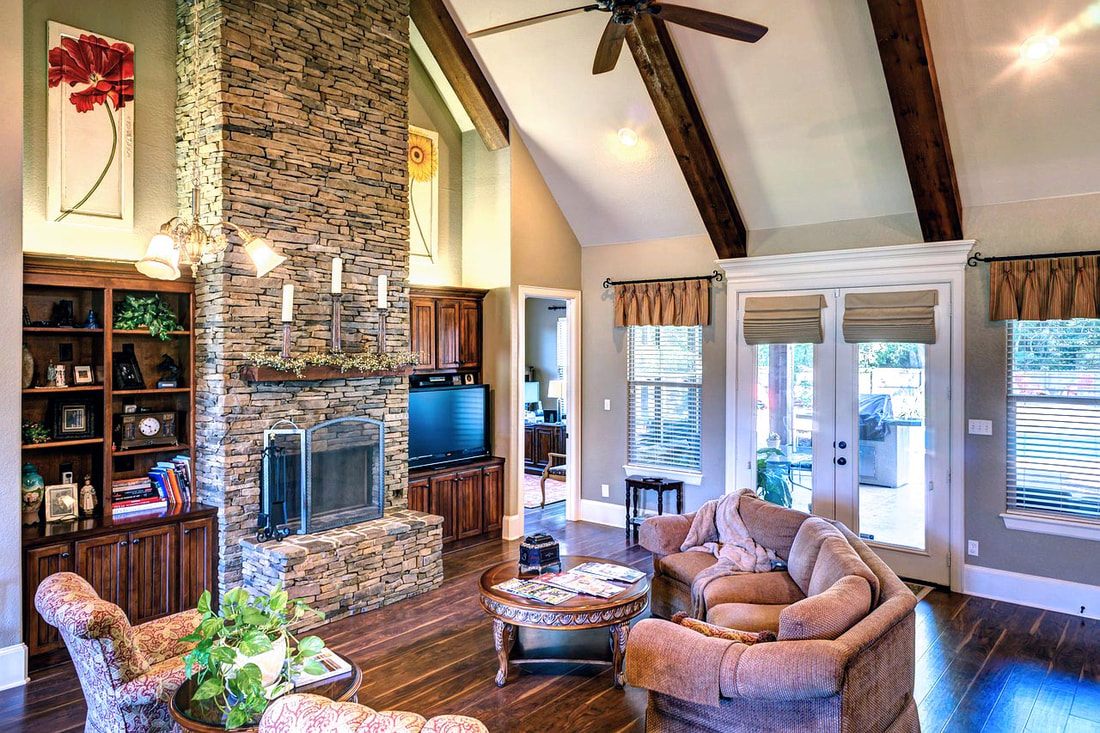

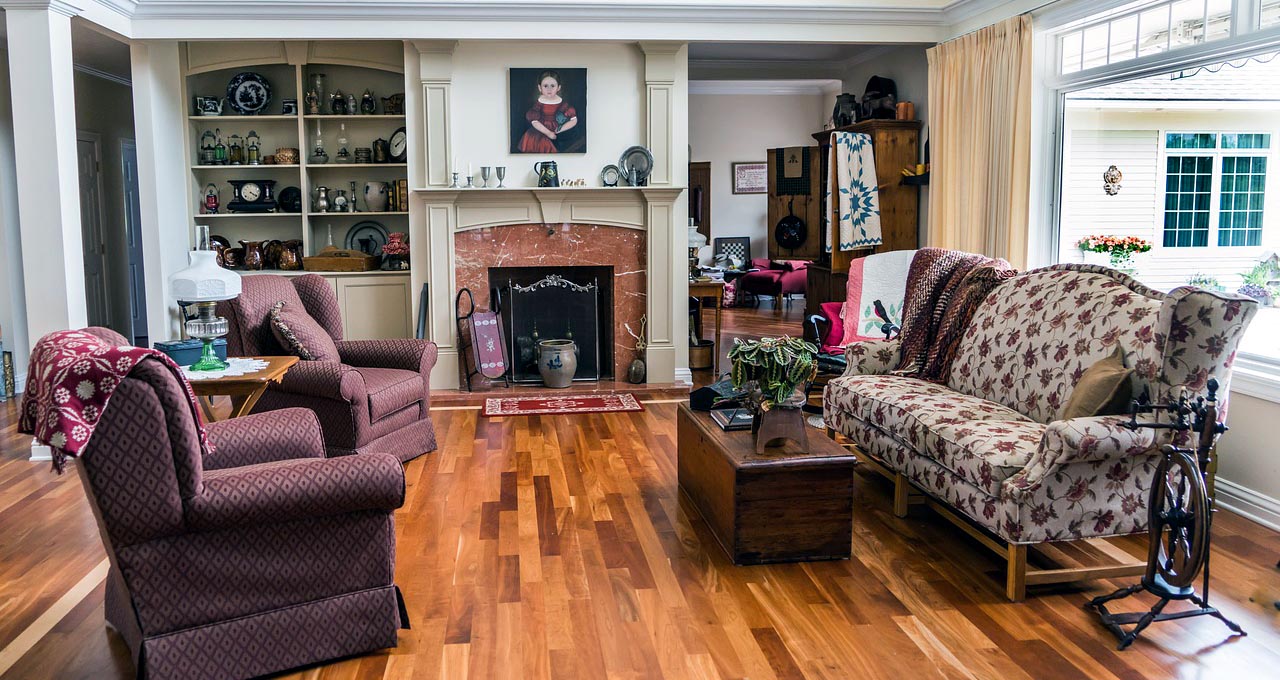





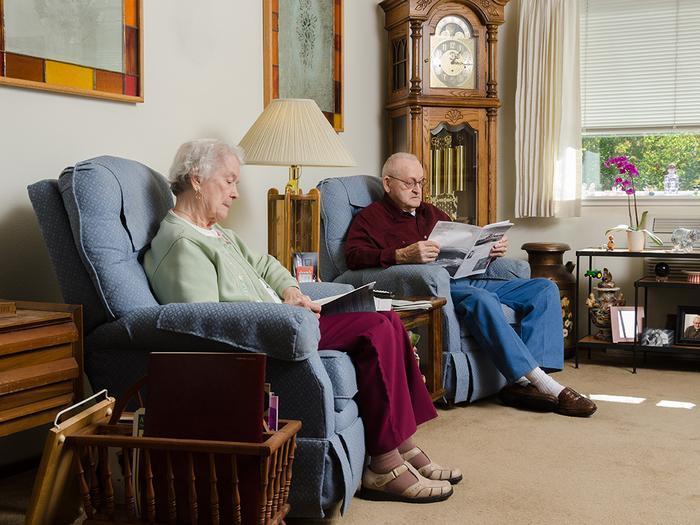













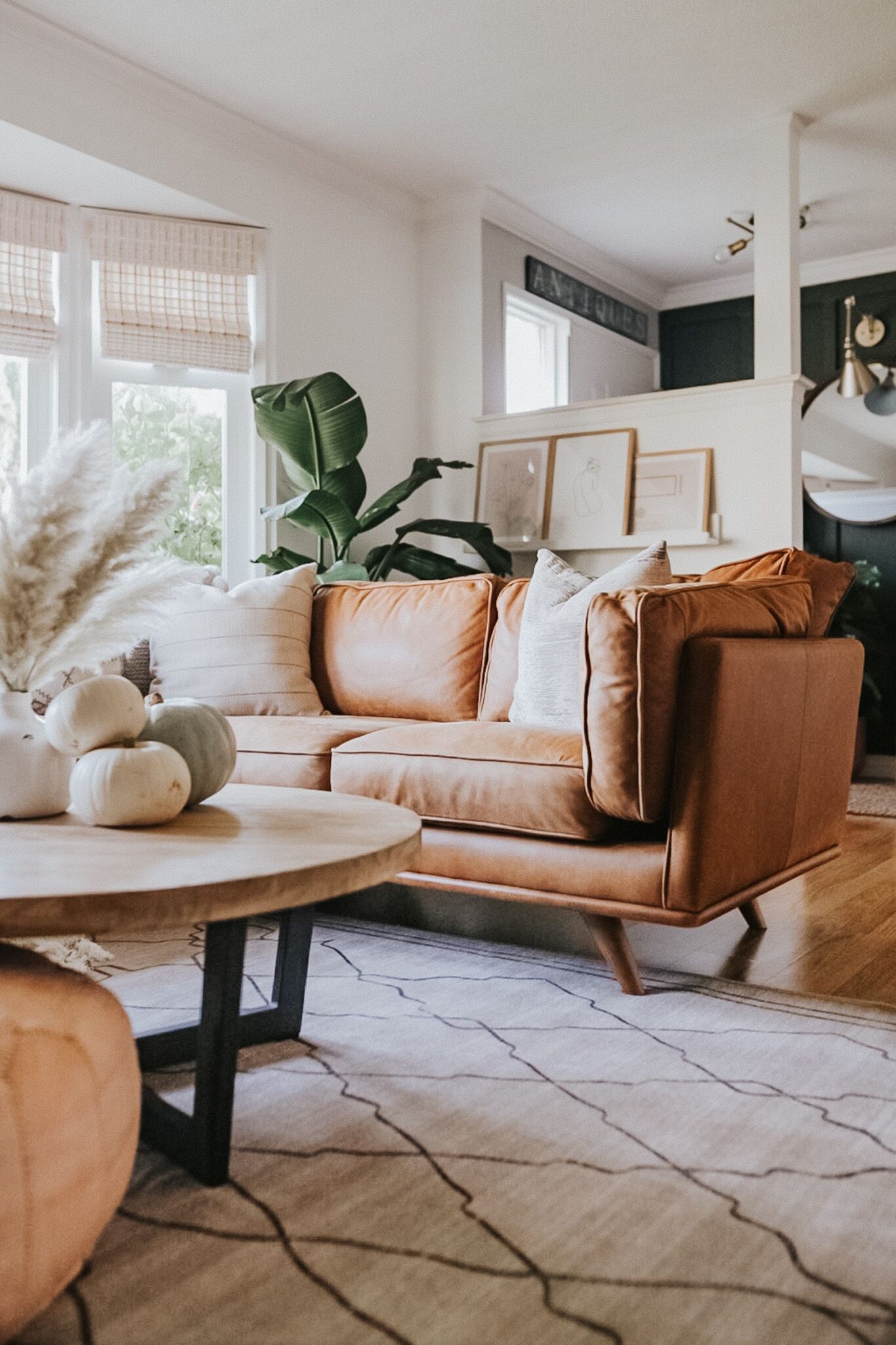
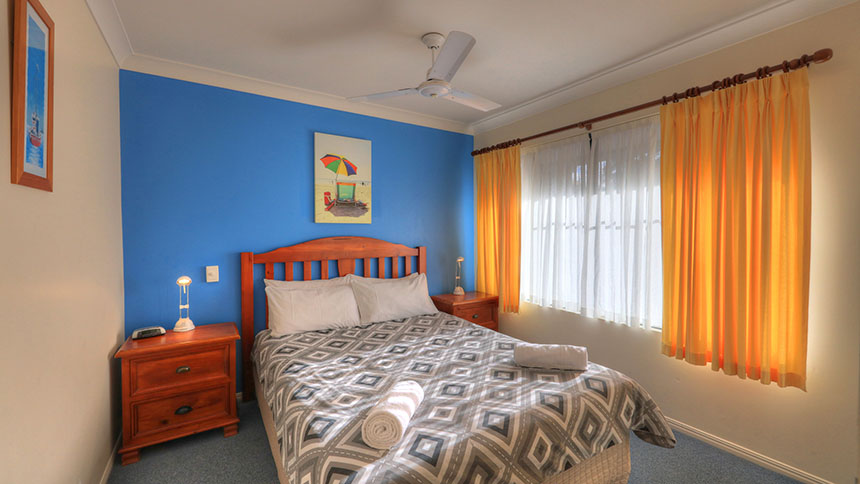
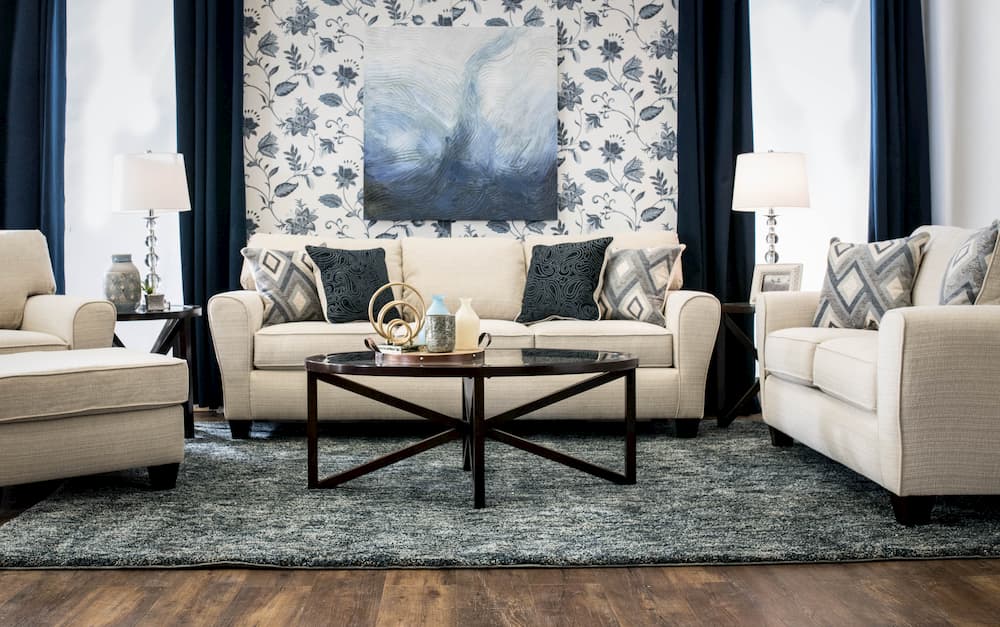
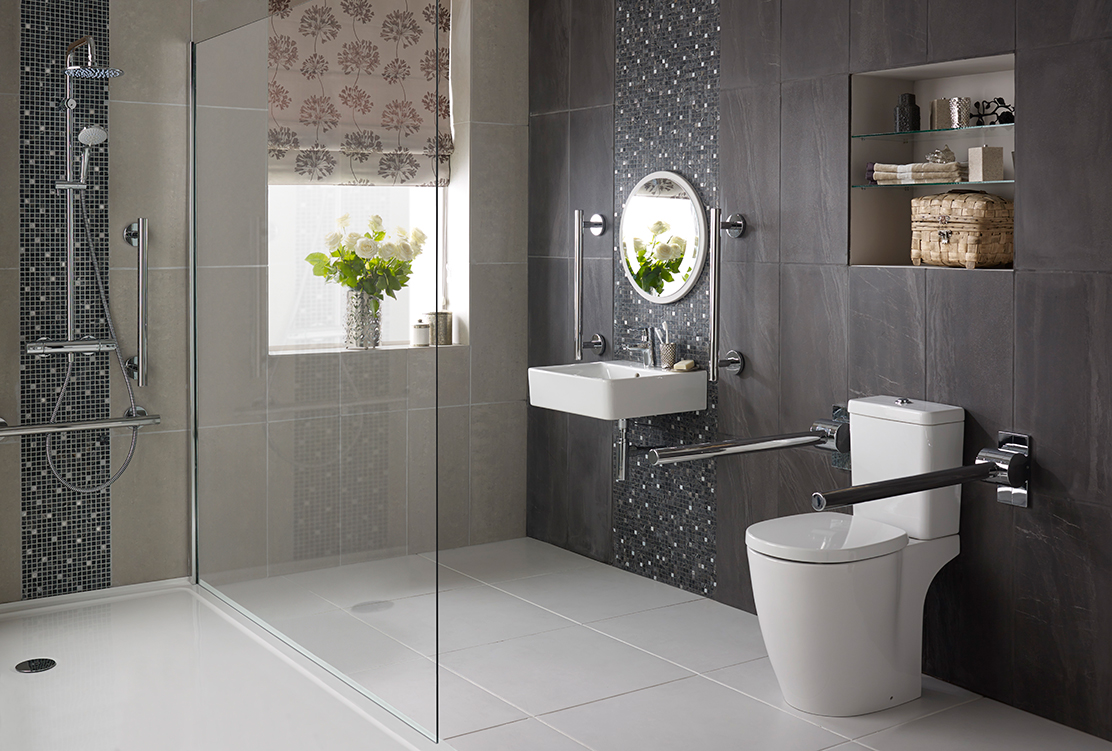


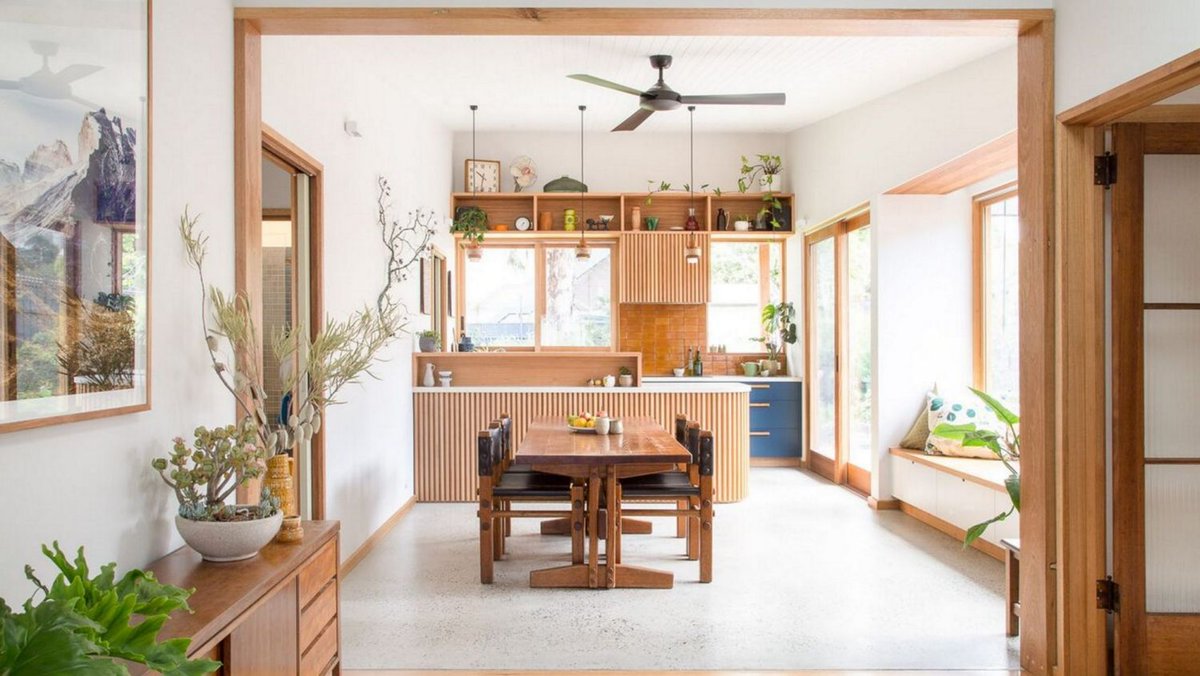
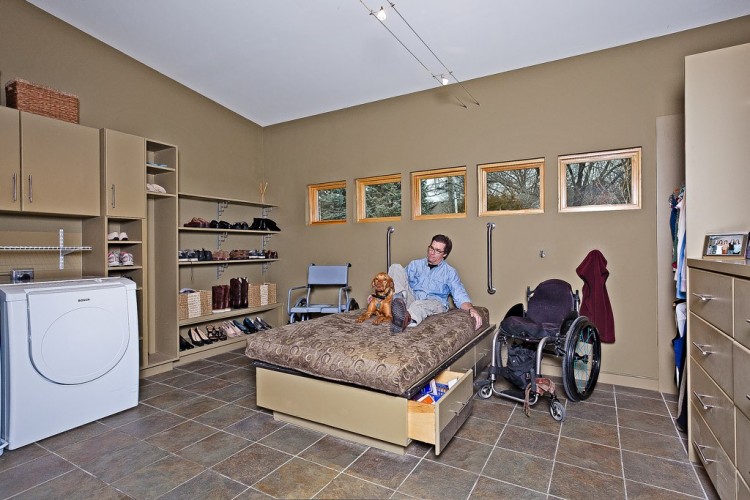











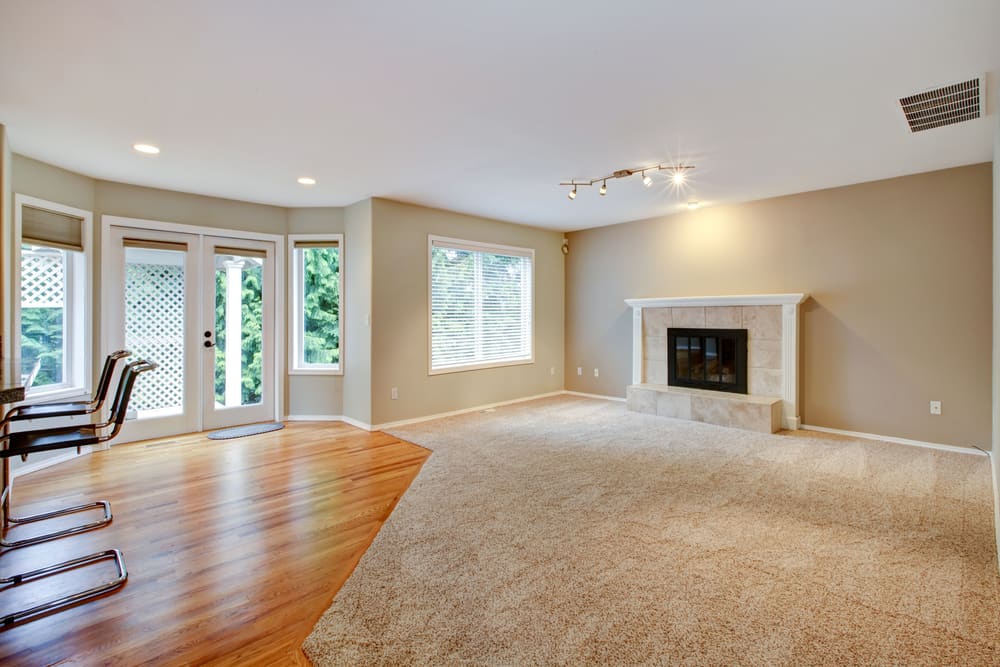




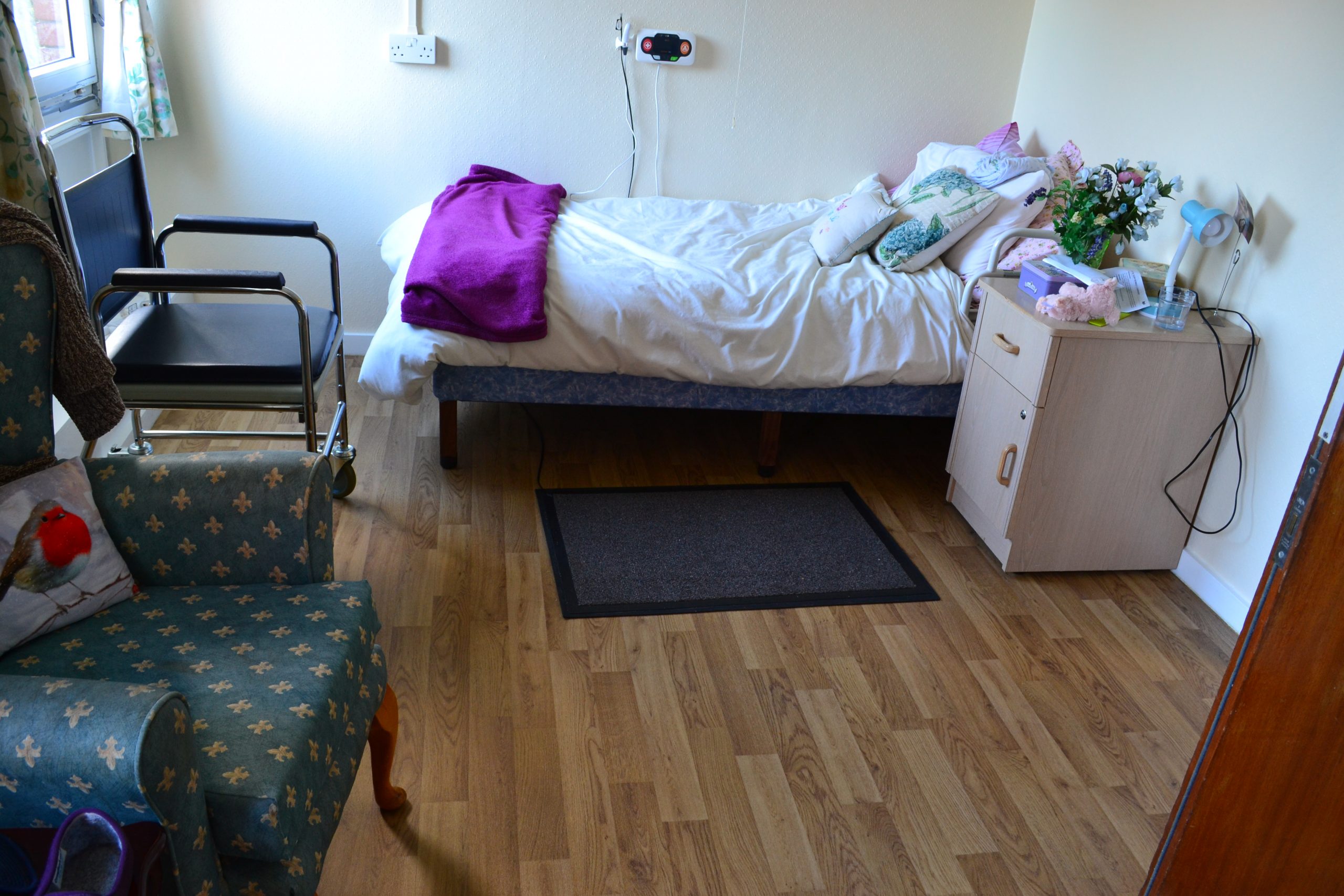
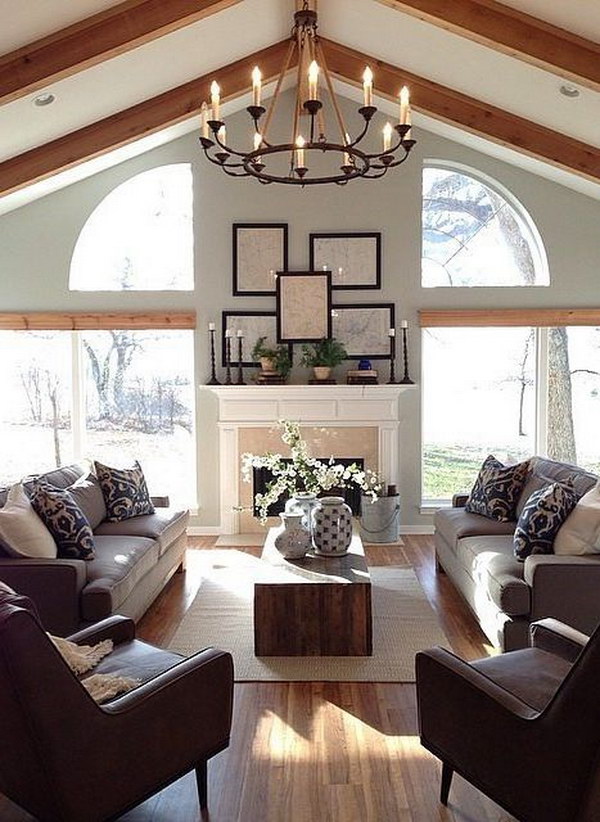


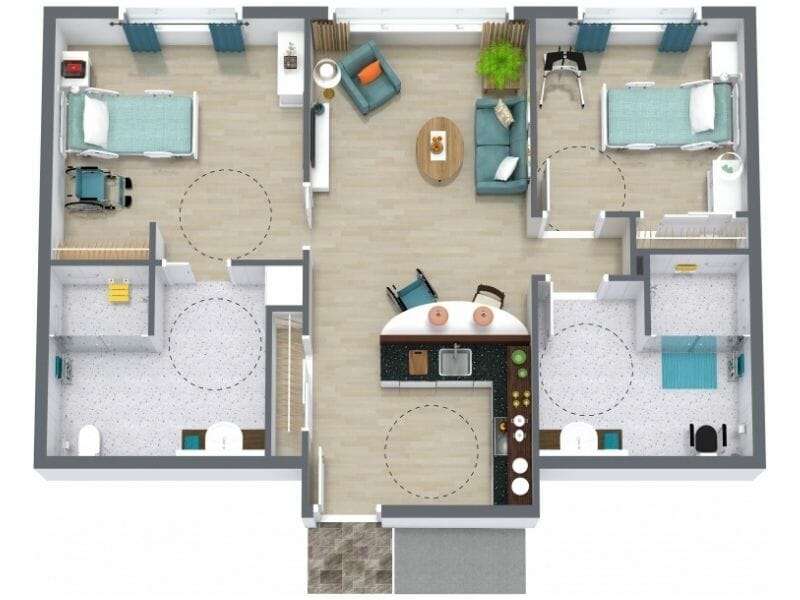
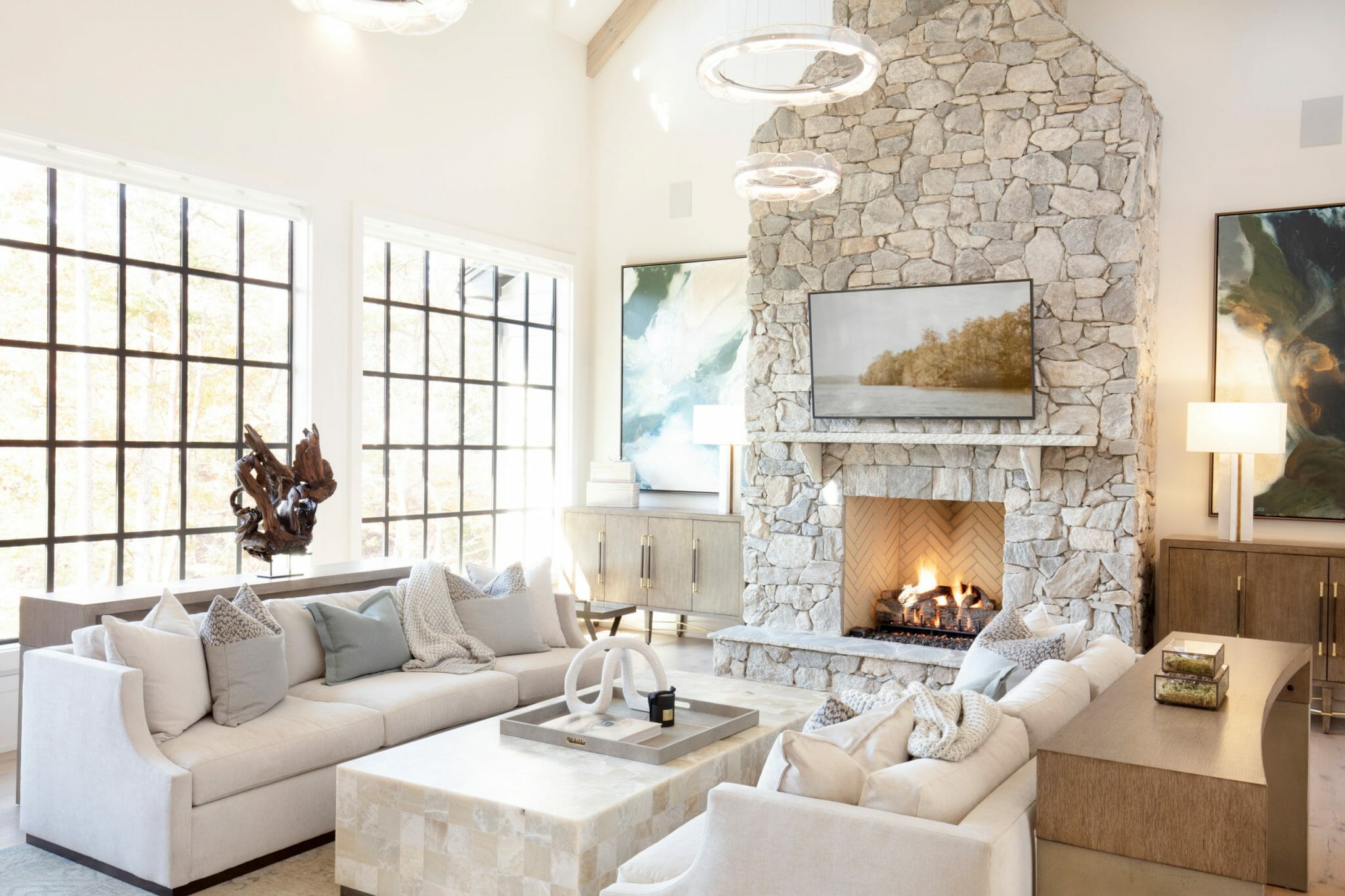
:max_bytes(150000):strip_icc()/cdn.cliqueinc.com__cache__posts__198376__best-laid-plans-3-airy-layout-plans-for-tiny-living-rooms-1844424-1469133480.700x0c-825ef7aaa32642a1832188f59d46c079.jpg)

